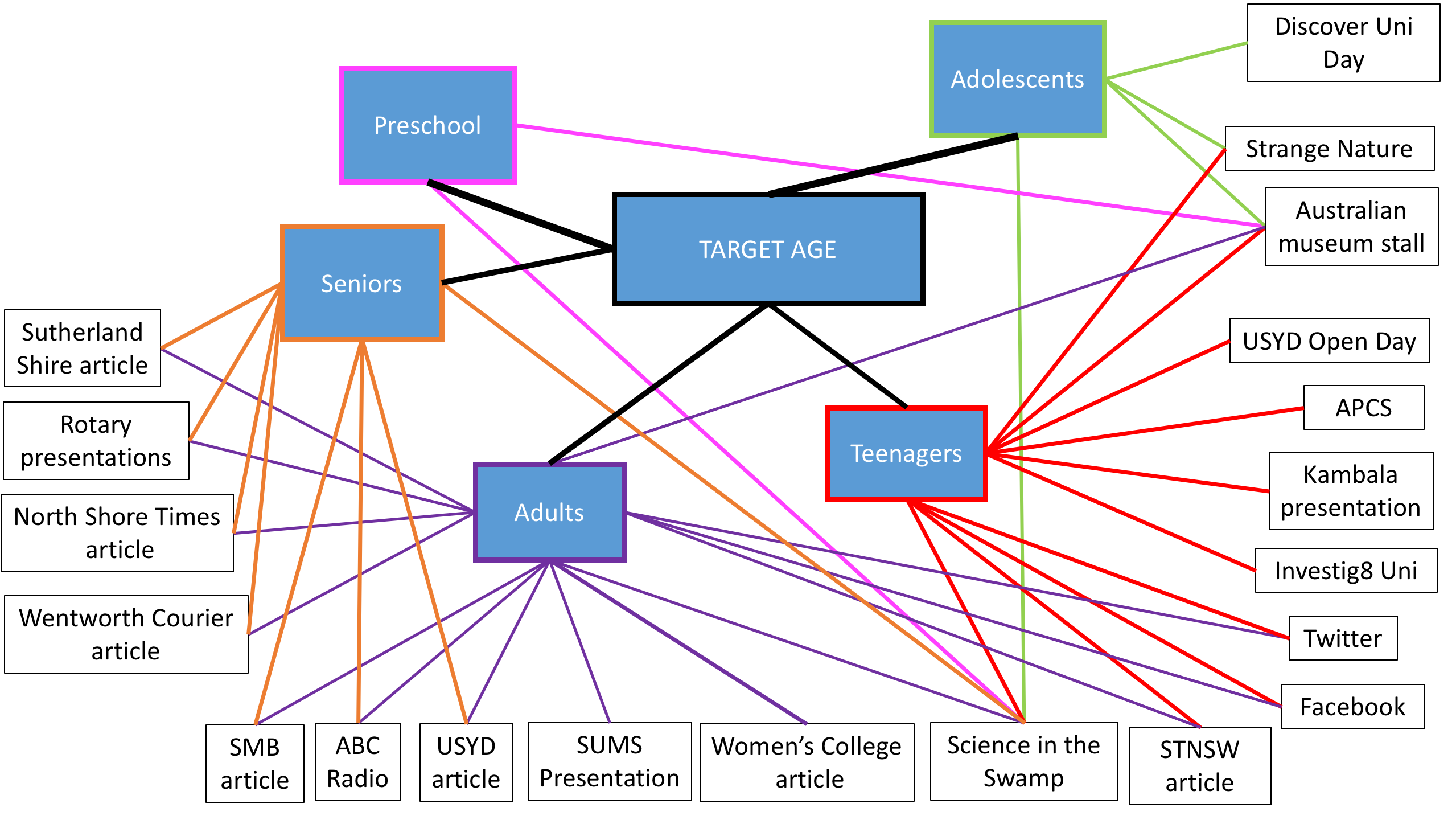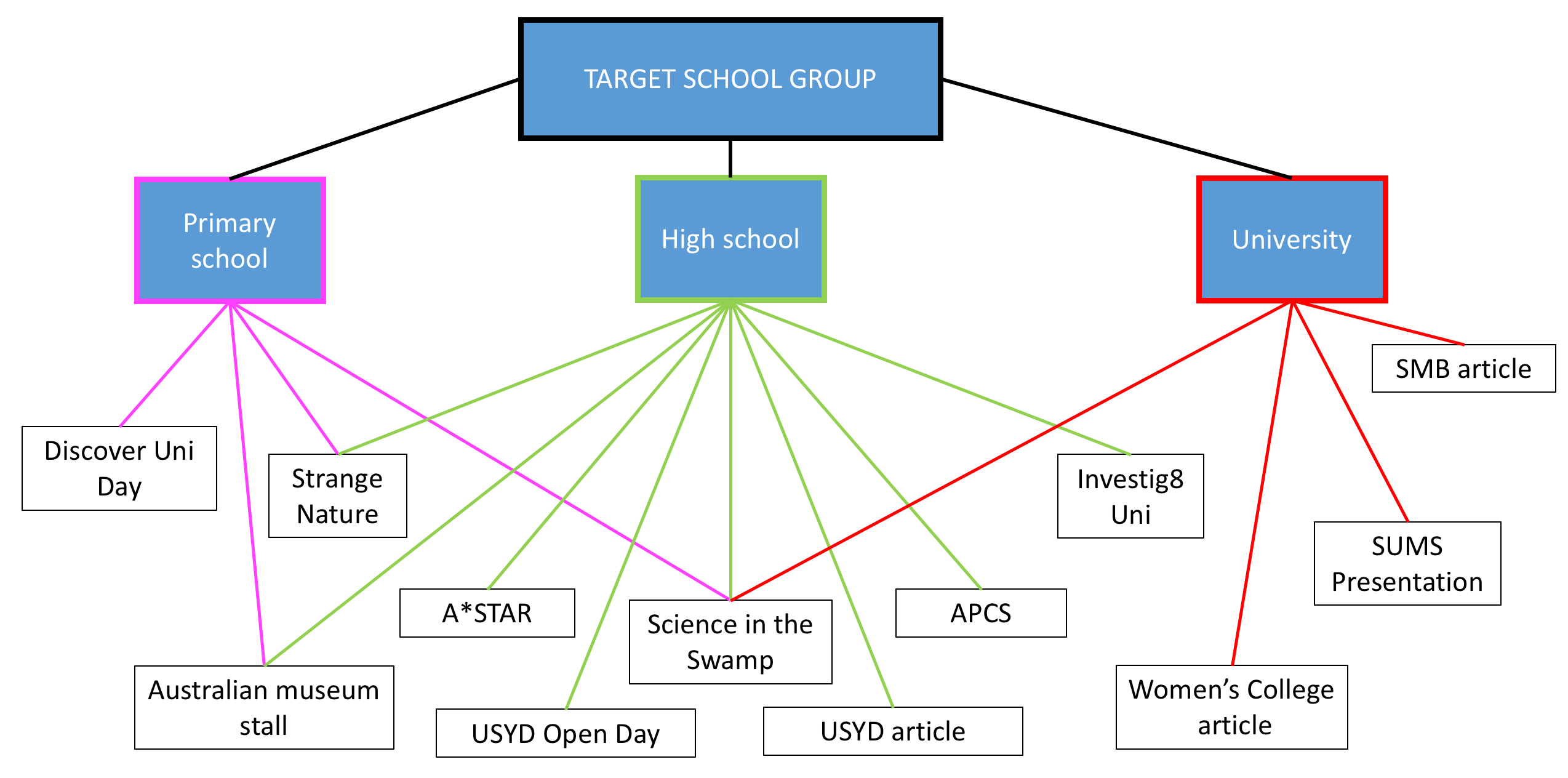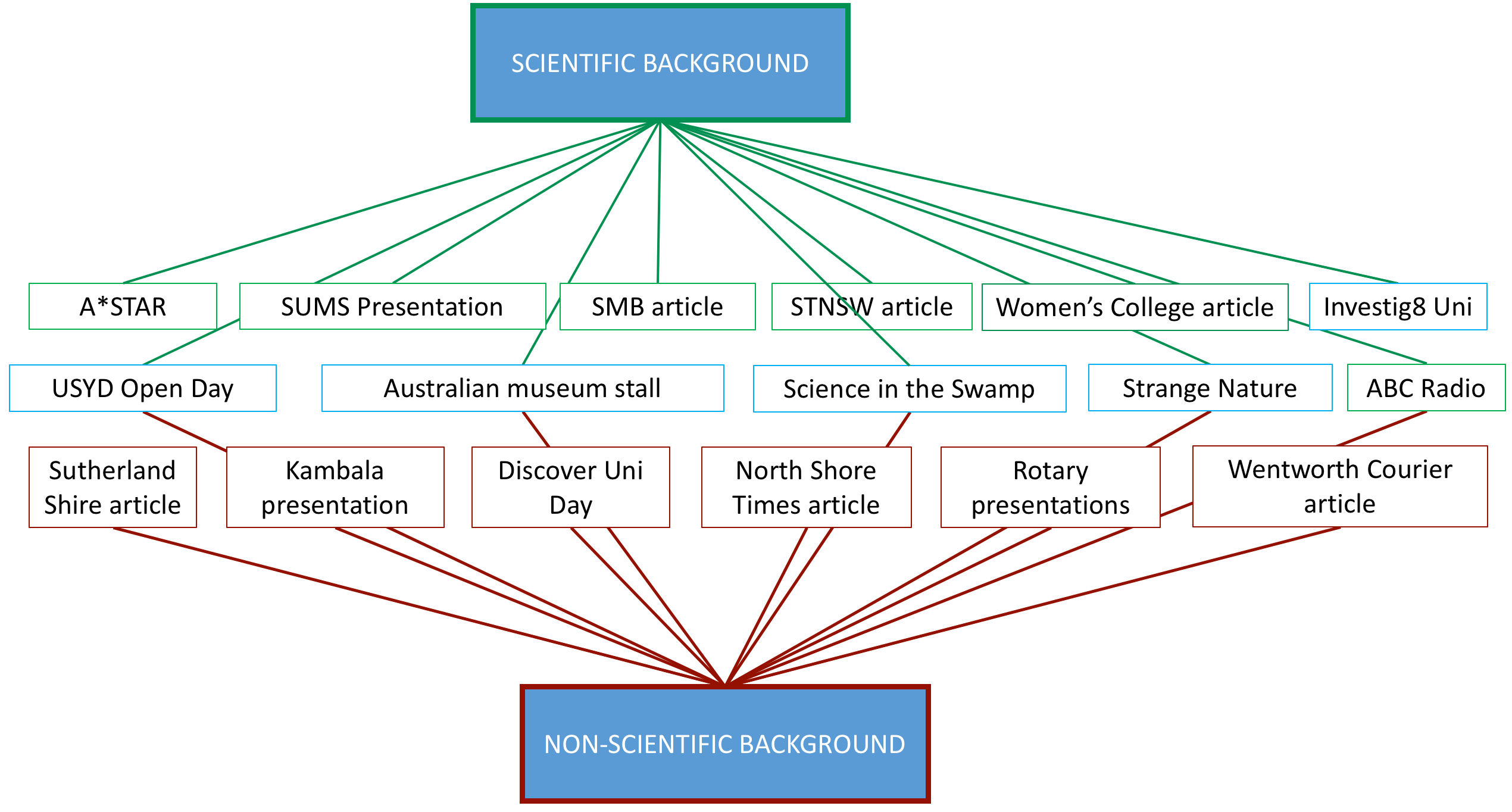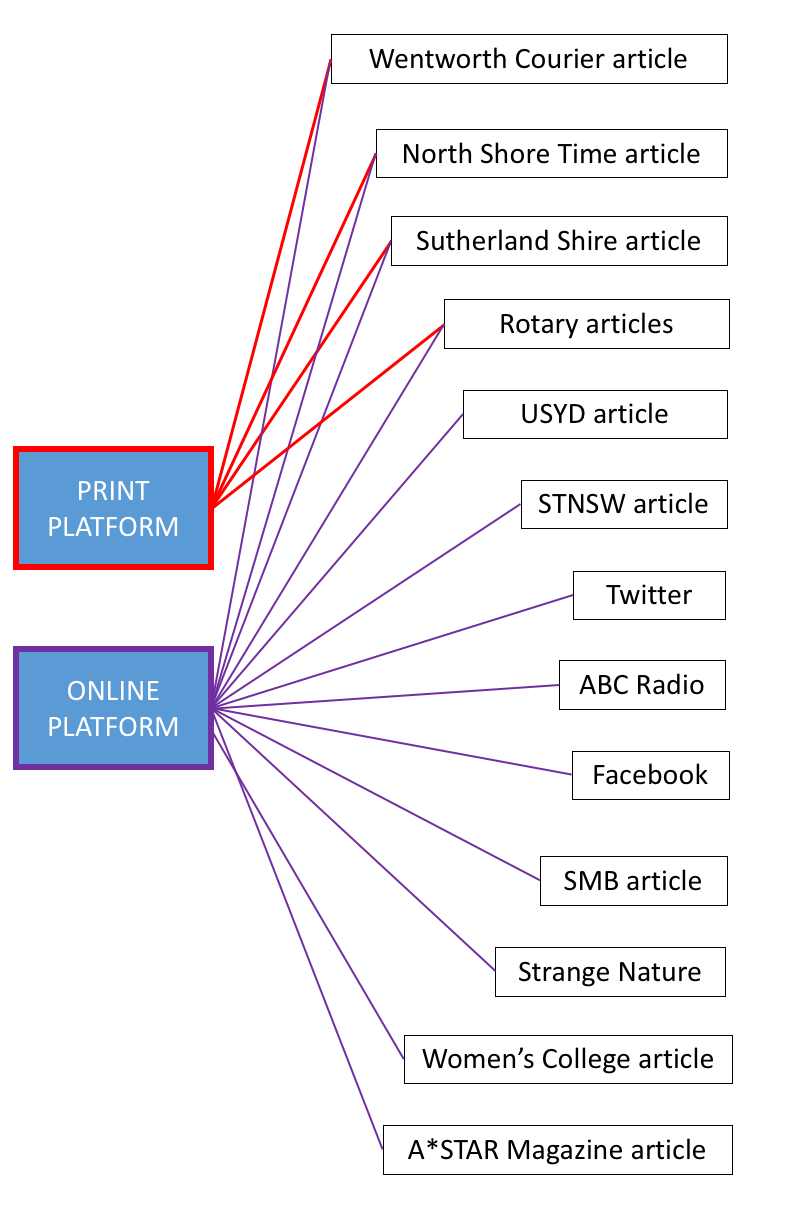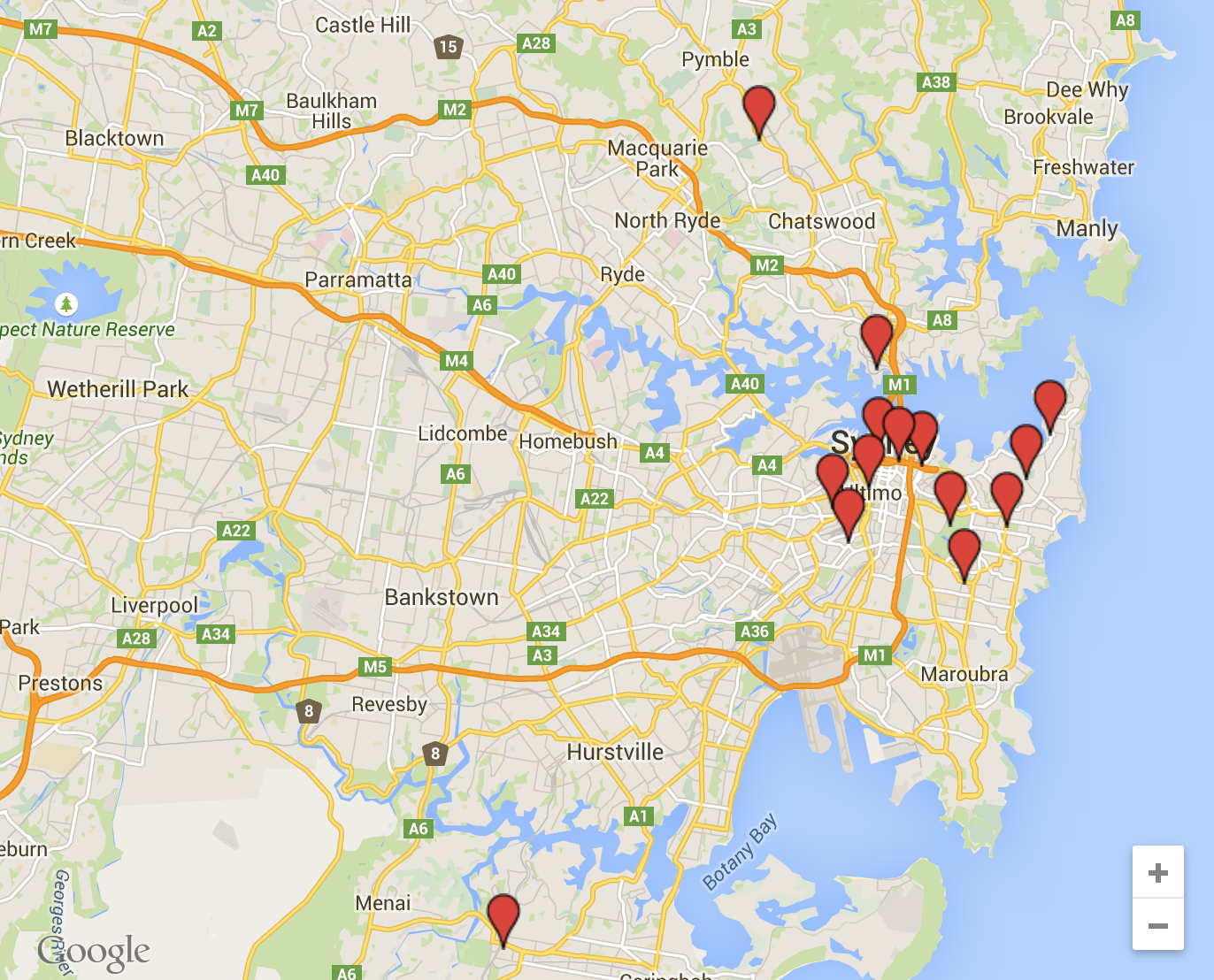Team:Sydney Australia/EthicsMotivation
Motivation & analysis
The Problem
Early on in the competition, we realised there was a clear lack of understanding and misinformation surrounding the terms genetically modified, and synthetic biology. When explaining our project to friends and family we were often greeted with some opposition and misconceptions which concerned us such as "isn't it dangerous working with bacteria?", "what happens if you bring the GMO bacteria out of the lab?", "so how do you take DNA from one thing and insert it into another organism?" and the classic "but it is so unnatural".
We found these somewhat generic questions were reflective of a greater problem within our communities surrounding the lack of understanding of synthetic biology and GMOs. This was concerning to us especially given the increasing importance and prevalence of synthetic biology. We feel that in order for the remarkable and ground breaking research being performed by synthetic biologists across the world to be utilised to its full potential we need to shatter the misconceptions and prejudices many people have. In particular, we sought to remove the stigma surrounding the term "genetically modified".
[insert links]
The solution
- "Education is the most powerful weapon which you can use to change the world." Nelson Mandela
Channeling the words of Nelson Mandela, we decided the best way to tackle this problem was through education. Community, school, and university targeted educaiton. Presentations and workshops for school children and the community are common Human Practices activities in the iGEM competition and we acknowledge the value and effectiveness of such presentations. However, we wanted to expand and improve on these common activities to increase the effectiveness and exposure of our Human Practices project. We did some research and found that most presentations and/or workshops were aimed at only one specific audience, mainly school children. Consequently, we actively sought to target as many different demographics on as many different platforms as possible.
[insert links] We did this in four ways:
- Presenting to community members of all ages from pre-school children to seniors
- Presenting to school and university students
- Presenting to those with a science and non-science background
- Taking advantage of multiple different platforms from print to online
The details of our events can be found on the outreach and media.
Analysis
We designed all of our outreach events specifically to target a wide demographic of people as seen in the charts below:
The figure above shows how our public engagement events were designed to specifically incorporate different ages from preschoolers to seniors. Some of our events were suitable to only one group. For example, the Discover Uni Day, was specific for Year 6 children. On the other hand, other events were designed to be suitable for multiple ages. For example, at the Science in the Swamp event we had numerous activites targeted for the plethora of ages we would encounter. We had giant microbes and a hand held microscope for the younger children, a "Write your name in DNA" station for the school aged children who had heard of DNA before, and an electrophoresis gel for those at university who had a greater knowledge of DNA (although all the children were highly entertained by loading the gel). Finally, we gave presentations at five Rotary clubs across Sydney which were targeted at the older generations. In these talks we focused on the development of synthetic biology over the last few decades, were able to bring up more controversial issues, and have an engaged and informed discussion.
Thie figure above shows how our public engagement events were suitable to primary school, high school, and university education levels. As with the age based breakdown, some of our events were catered for only one level, whereas others were suitable for multiple. Our science creation competition [http://strangenature.org/index.html Strange Nature] was applicable for primary and high school students, and most of our articles were suitable to university students. This split allowed us to focus on more specific issues and aspects of our project, and have an engaged discussion with the groups.
The figure above shows how our events were designed for those with both a science and non-scientific backgrund. The boxes in green are public engagement events that required some scientific knowledge, the boxes in maroon represent the events that required no sciencetific knowledge, and the boxes in blue are events that were suitable for both those with a scientific and non-scientific background.
The figure above shows the different platforms we utilised to spread the message about synthetic biology, our project, and the competiton. We were published in numerous local newspapers which had an online and print format, such as the [http://www.theleader.com.au/story/3238189/synthetic-biology-offers-medical-hope-and-a-sutherland-aspiring-scientist-is-looking-for-answers/ Sutherland Shire and St George Leader]. Some interviews and articles were exclusively online, such as the [http://www.abc.net.au/radionational/programs/scienceshow/syd-uni-designer-genomes-in-world-competition/6525626 ABC Radio Interview], and the Rotary article was only available in print form. Consquently, by using these multiple platforms, we were able to target a much larger and more diverse readership.


